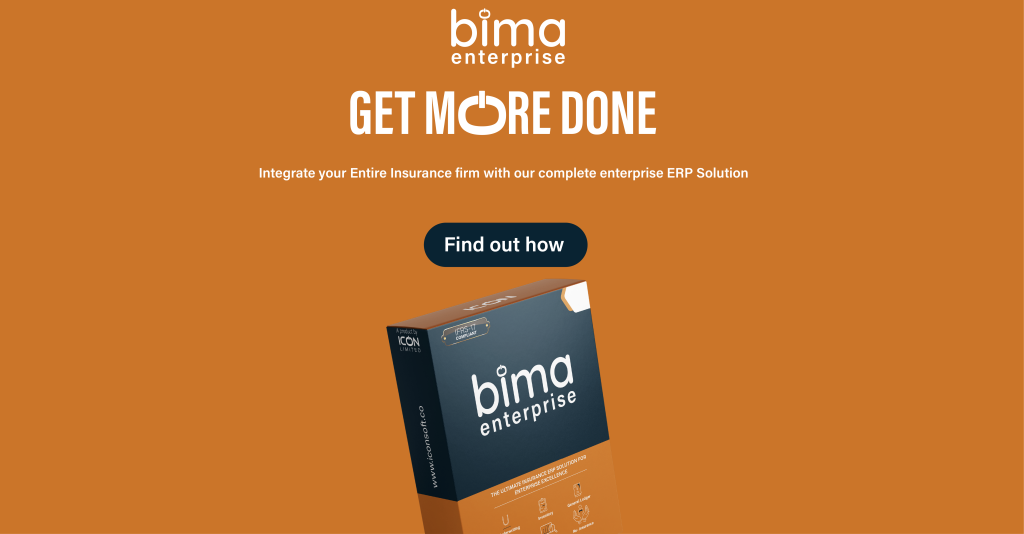Introduction
In today’s competitive insurance landscape, underwriting remains one of the most complex and data-intensive processes. Traditional manual underwriting is slow, error-prone, and cumbersome—typically consuming weeks or even months for policy issuance (spdload.com, earnix.com). Enter ERP (Enterprise Resource Planning) systems—powerful platforms that integrate and automate business processes, delivering real-time insights, robust compliance, and enhanced productivity (en.wikipedia.org).

1. Why ERP Matters in Insurance Underwriting
Insurance ERP systems offer transformative advantages:
- Integrated workflows & data consolidation: Break down departmental silos, giving underwriters a comprehensive, up-to-date view of applicants and risks (orases.com, deskera.com).
- Automation of routine tasks: From risk evaluation to premium calculation and policy issuance, ERPs reduce manual labor and human error.
- Faster decision-making: With automated rule engines and AI-enhanced analytics, underwriting decisions can be executed within minutes, not days.
- Enhanced compliance & transparency: Centralized audit trails and configurable workflows ensure regulatory adherence and security.
2. Underwriters in the ERP Ecosystem
Underwriters are the guardians of risk management, responsible for assessing applicants, setting premiums, and ensuring that insurers remain profitable without exposing themselves to excessive risk. However, the challenges they face—fragmented data, manual scoring, regulatory pressure—can slow them down.
With Bima ERP, underwriters benefit from:
- Centralized risk profiles: All applicant data, medical reports, credit scores, claims history, and broker inputs consolidated into one dashboard.
- Automated risk scoring: Rule-based and AI-driven engines accelerate evaluations, flagging high-risk cases for human review.
- Reduced turnaround time: Instead of days spent on manual file reviews, underwriters can approve or reject applications within hours.
- Collaboration with brokers: Integrated communication tools ensure that underwriters and brokers exchange information seamlessly, reducing back-and-forth delays.
- Regulatory alignment: Every underwriting decision is logged, auditable, and compliant with industry requirements.
This shift allows underwriters to focus on exception handling, portfolio management, and strategic risk insights—rather than being bogged down by paperwork.
3. Brokers in the ERP Ecosystem
Brokers are the face of insurance to the customer, acting as intermediaries who ensure clients get the right cover at the right price. Their effectiveness depends on how quickly they can generate quotes, respond to inquiries, and manage client expectations.
With Bima ERP, brokers gain:
- Instant quote generation: ERP integration allows brokers to pull live underwriting decisions and generate quotes on the spot.
- Policy lifecycle visibility: From initiation to renewal, brokers can track their clients’ policies in real-time without chasing multiple departments.
- Commission tracking: Transparent and automated commission management ensures brokers know exactly what they’ve earned.
- Client self-service: Through broker portals powered by Bima ERP, clients can view policies, submit claims, and track renewals—strengthening broker-client relationships.
- Enhanced credibility: Fast, accurate service builds trust, helping brokers win and retain more clients.
By eliminating bottlenecks, Bima ERP empowers brokers to sell more efficiently, deepen customer relationships, and remain competitive in a saturated insurance market.

4. Strategic Impact for Both Underwriters and Brokers
The collaboration between underwriters and brokers becomes frictionless with ERP integration:
- Brokers submit applications digitally → Underwriters receive all required data instantly.
- Automated risk engines score applications → Brokers receive instant feedback and quotes.
- Policies are issued with compliance checks → Both parties track status through a shared platform.
- Renewals and claims are managed transparently → Strengthening trust across the insurance value chain.
This synergy reduces delays, improves customer experience, and increases profitability for insurers.
5. Why Bima ERP Stands Out
Unlike generic ERP systems, Bima ERP is purpose-built for insurance:
- Underwriters get tools that simplify risk assessment, enhance accuracy, and reduce manual effort.
- Brokers get portals, commission tracking, and client management features to help them serve customers better.
- Management gets real-time reports and dashboards to monitor performance across underwriting, sales, and claims.
Bima ERP is not just a back-office tool—it is an end-to-end ecosystem that empowers every insurance stakeholder.
Conclusion
Insurance underwriting and broking are evolving rapidly. In a world where clients expect fast quotes, transparent processes, and reliable coverage, manual workflows can no longer keep up. By adopting Bima ERP, insurers bridge the gap between underwriters and brokers, creating a seamless, automated, and customer-first insurance environment.
With Bima ERP, insurers don’t just keep up—they lead.
